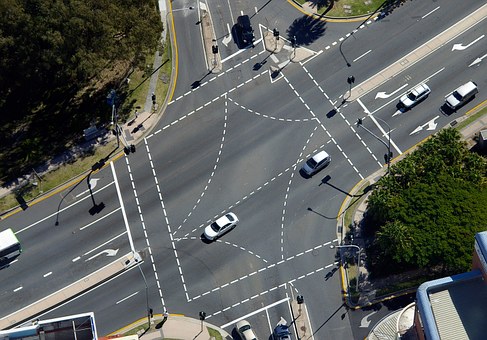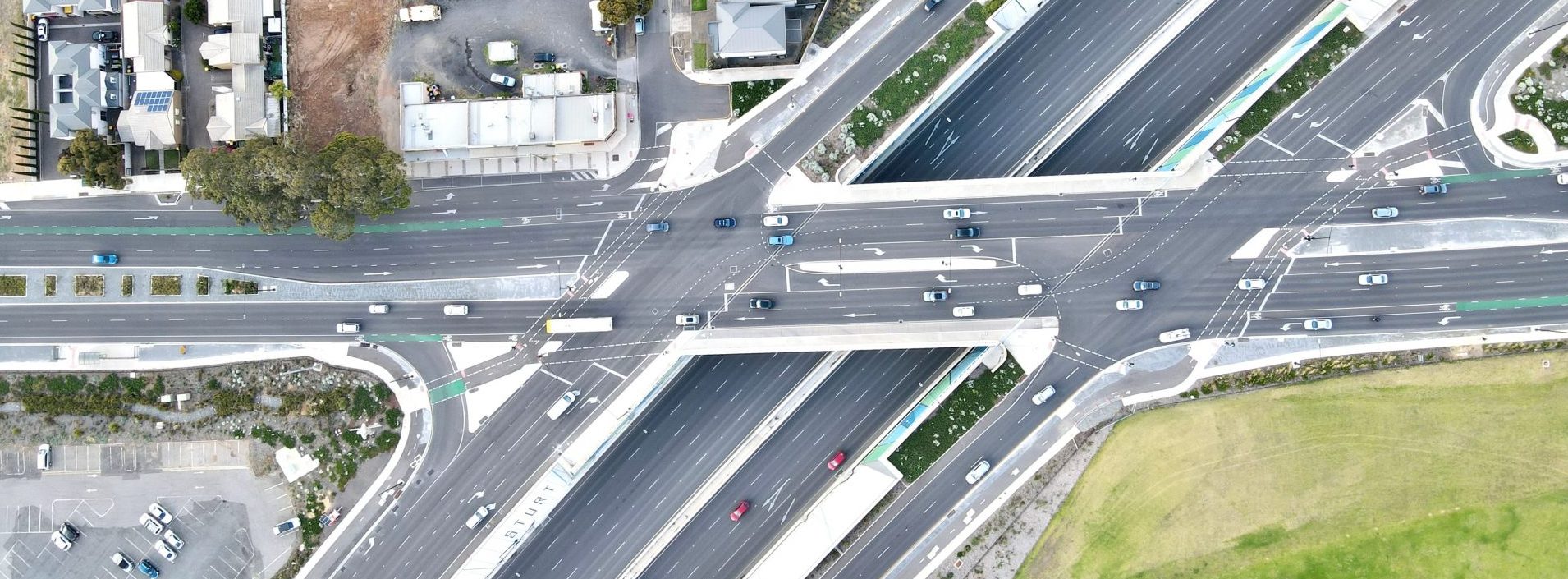Traffic Data Collection
HDS Australia is a specialist in the provision of traffic data collection services, having had a team dedicated to this field for the past 25 years. In South Australia, HDS Australia has provided the majority of traffic data collection services to the Department for Infrastructure and Transport (DIT) through annually renewable contracts. The company is also engaged by many local government and other engineering consultants on a regular basis, making HDS Australia the number one provider of traffic data collection services in South Australia.
Most data collection activities are undertaken using resources drawn from a pool of 25 staff who are led by experienced Field Team Leaders, three of whom have been involved in this role for over fifteen years. Data analysis and interpretation, where required, is supervised by the company’s Operations Manager, Simon Chartier, who has managed this integral part of the company’s business unit for the past sixteen years.
Traffic data collection and analysis is performed to:
- Provide a basis for planning and design of traffic facilities,
- Assist traffic operation by indicating the requirements for traffic control devices such as signs, traffic signals, pavement markings and pedestrian crossings,
- Evaluate the effects of road safety measures and other changes made for traffic by conducting “before and after” traffic studies, and
- Determine the basic characteristics and general laws of traffic behaviour.
The standard types of studies conducted include:
- Traffic volume counts,
- Intersection turning movement counts,
- Vehicle classification counts,
- Origin and destination surveys,
- Travel time and delay studies, and
- Parking studies.
In addition, many other specialised studies are undertaken to meet specific client needs. These include:
- Public transportation studies,
- Pedestrian studies,
- Bicycle studies,
- Queue length studies,
- Vehicle occupancy studies, and
- Vehicle speed studies.
Information can be collected and presented in formats to suit each individual organisation’s requirements. Recent studies have involved traffic data collection, generally as both a before and after study, for iconic public infrastructure projects including:
- Southern Expressway Duplication,
- South Road Superway,
- Northern Expressway,
- Bank Street and Leigh Street redevelopment,
- CBD Bus Lane implementation, and
- Numerous parking studies relating to bicycle lane implementation.
- Main South Road / Victor Harbor Road -Junction Concept Study

